Throughout history, we’ve built impressive structures and cities, only for them to succumb to the forces of nature. Earthquakes are one of the Earth’s most destructive forces — seismic waves throughout the ground can destroy buildings, take lives and cost tremendous amounts of money for loss and repair.
According to the National Earthquake Information Center, there are an average of 20,000 earthquakes each year —16 of them being major disasters. On August 14, 2021, a magnitude 7.2 earthquake struck the southwest region of Haiti and killed over 2,000 people. As with other earthquakes, much of the damage was caused by buildings collapsing with people inside them, making earthquake-proof buildings a must.
Over the past few decades, engineers have introduced new designs and building materials to better equip buildings to withstand earthquakes. Read on or skip to the infographic below to learn how earthquake-proof buildings are designed today.
How Earthquakes Impact Buildings
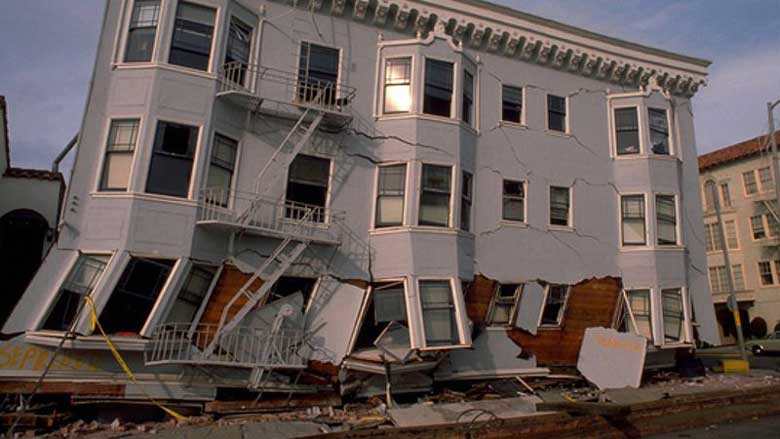
Before we look at the features of earthquake-proof buildings, it’s important to understand how earthquakes impact man-made structures. When an earthquake occurs, it sends shockwaves throughout the ground in short rapid intervals that extend in all directions. While buildings are generally equipped to handle vertical forces from their weight and gravity, they cannot traditionally handle side-to-side forces emitted by quakes.
This horizontal movement vibrates walls, floors, columns, beams, and the connectors that hold them together. The difference in movement between the bottom and top of buildings exerts extreme stress, causing the supporting frame to rupture and the entire structure to eventually collapse.
How to Make A Building Earthquake-proof
To design an earthquake-proof building, engineers work to reinforce the structure and counteract a potential earthquake’s forces. Since earthquakes release energy that pushes on buildings from one direction, the strategy involves having the building push the opposite way. Here are some of the methods used to help buildings withstand earthquakes.

1. Create a Flexible Foundation
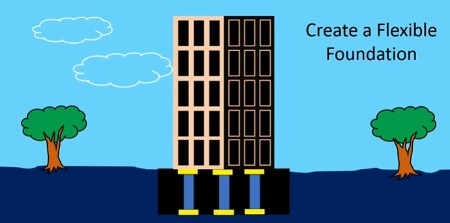
One way to resist ground forces is to “lift” the building’s foundation above the earth through a method called base isolation. Base isolation involves constructing a building on top of flexible pads made of steel, rubber, and lead. When the base moves during an earthquake, the isolators vibrate while the structure itself remains steady. This effectively helps to absorb seismic waves and prevent them from traveling through the building.
2. Counter Forces with Damping
If you’re familiar with shock absorbers used in cars, you might be surprised to learn that engineers also use a version of them in earthquake-resistant buildings. Similar to their use in cars, shock absorbers reduce the shockwaves’ magnitude and help reduce pressure on the building. This is accomplished in two ways: vibrational control devices and pendulum power.
Vibrational Control Devices

This method involves placing dampers at each level of a building between columns and beams. Each damper consists of piston heads inside a cylinder filled with silicone oil. When an earthquake occurs, the building transfers the vibrational energy into the pistons, which push against the oil. The energy is then transformed into heat, dissipating the force of the vibrations.
Pendulum Power
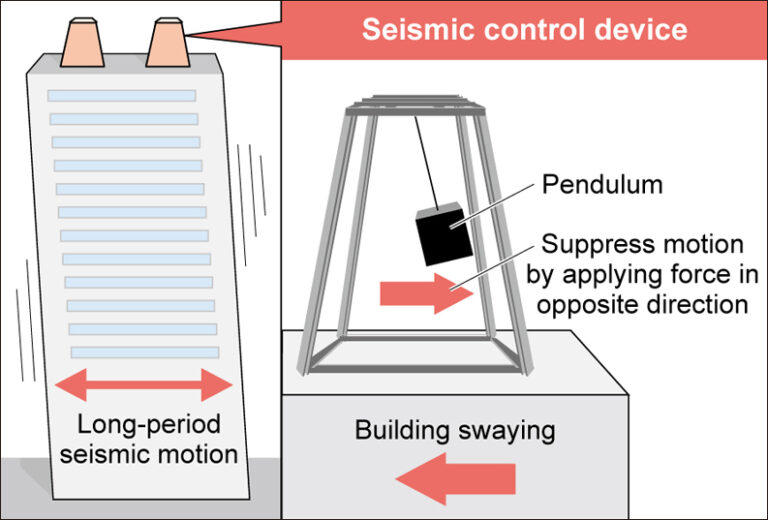
Another common damping method is pendulum power, used primarily in skyscrapers. To implement this, engineers suspend a large ball from steel cables that connect to a hydraulic system at the top of the building. When the building begins to sway, the ball acts as a pendulum and moves in the opposite direction to stabilize the building. Like damping, these features are tuned to match and counteract the building’s movement in the event of an earthquake.
3. Shield Buildings from Vibrations
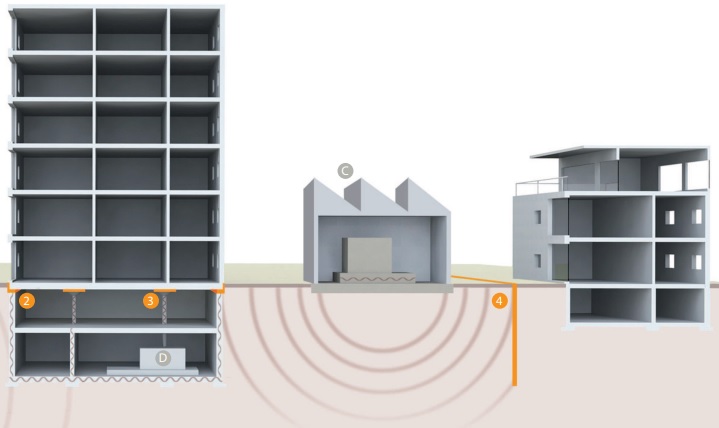
Rather than just counteracting forces, researchers are experimenting with ways buildings can deflect and reroute the energy from earthquakes altogether. Dubbed the “seismic invisibility cloak,” this innovation involves creating a cloak of 100 concentric plastic and concrete rings and burying it at least 3 feet beneath the foundation of the building.
As seismic waves enter the rings, ease of travel forces them to move through to the outer rings. As a result, they are essentially channeled away from the building and dissipated into the ground.
4. Reinforce the Building’s Structure
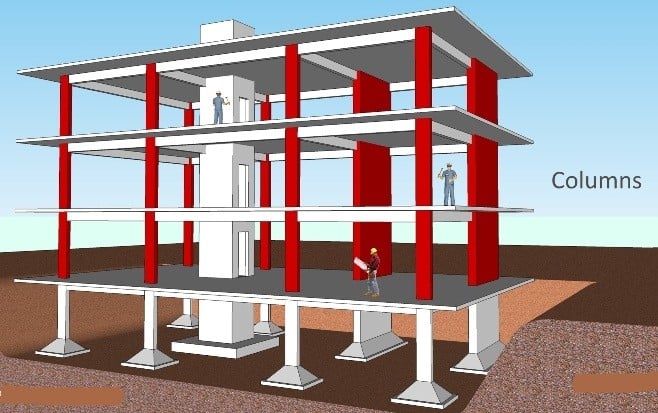
To withstand collapse, buildings must redistribute forces that travel through them during a seismic event. Shear walls, cross braces, diaphragms, and moment-resisting frames are central to reinforcing a building.
Shear walls are a useful building technology that can help transfer earthquake forces. Made of multiple panels, these walls help a building keep its shape during movement. Shear walls are often supported by diagonal cross braces made of steel. These beams can support compression and tension, helping to counteract pressure and push forces.
Diaphragms are also a central part of a building’s structure. Consisting of the building’s floors, roof, and the decks placed over them, diaphragms help remove tension from the floor and push forces to the building’s vertical structures.
Moment-resisting frames provide additional flexibility in a building’s design. These structures are placed among a building’s joints and allow columns and beams to bend while the joints remain rigid. Thus, the building is able to resist the larger forces of an earthquake while still allowing designers the freedom to arrange building elements.
Earthquake-Resistant Materials
While shock absorbers, pendulums, and “invisibility cloaks” may help dispel the energy to an extent, the materials chosen for a building are equally responsible for its stability.
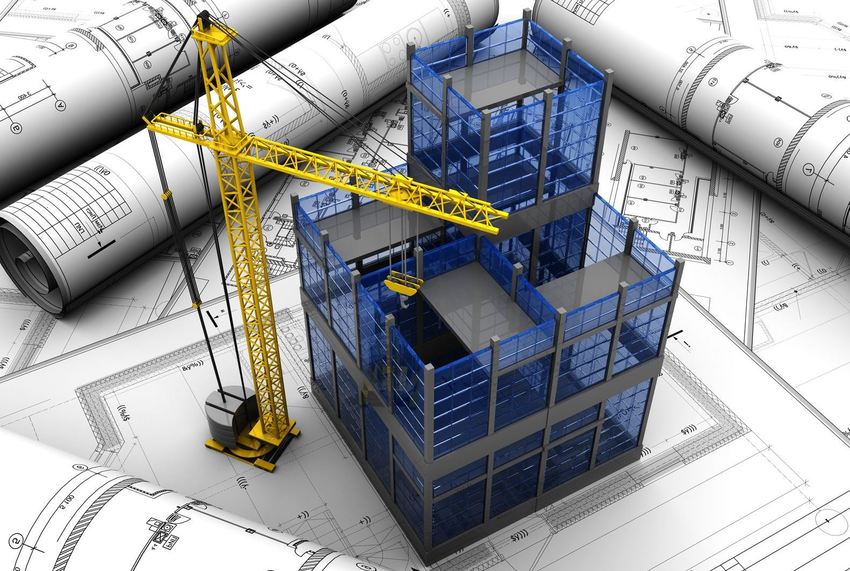
Steel and Wood
For a material to resist stress and vibration, it must have high ductility, which is the ability to undergo large deformations and tension. Modern buildings are often constructed with structural steel, a component that comes in a variety of shapes and allows buildings to bend without breaking. Wood is also a surprising ductile material due to its high strength relative to its lightweight structure.
Innovative Materials
Scientists and engineers are developing new building materials with even greater shape retention. Innovations like shape memory alloys have the ability to both endure the heavy strain and revert to their original shape. Additionally, fiber-reinforced plastic wrap — made by a variety of polymers — can be wrapped around columns and provide up to 38% added strength and ductility.
Engineers are also turning to natural elements to help reinforce buildings. The sticky yet rigid fibers of mussels and the strength-to-size ratio of spider silk have promising capabilities in creating structures. Bamboo and 3D printed materials can also function as lightweight, interlocking structures with limitless forms that can potentially provide even greater resistance for buildings.
Over the years, engineers and scientists have devised multiple techniques to create effective earthquake-proof buildings. However, as advanced as technology and materials are today, it is not always possible for buildings to completely withstand powerful earthquakes unscathed. Still, if a building is able to avoid collapse and save lives and communities, we can consider that a great success.
